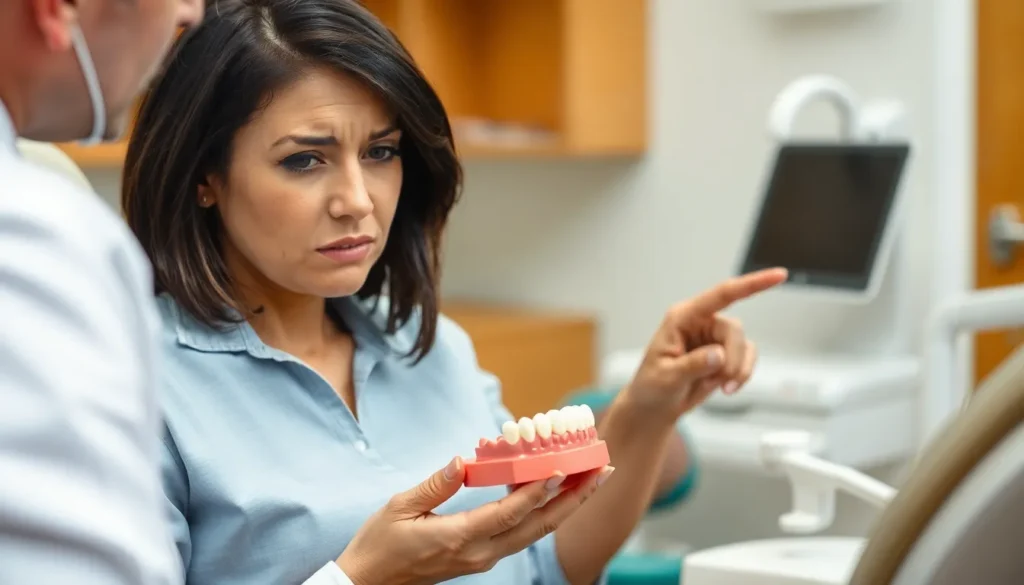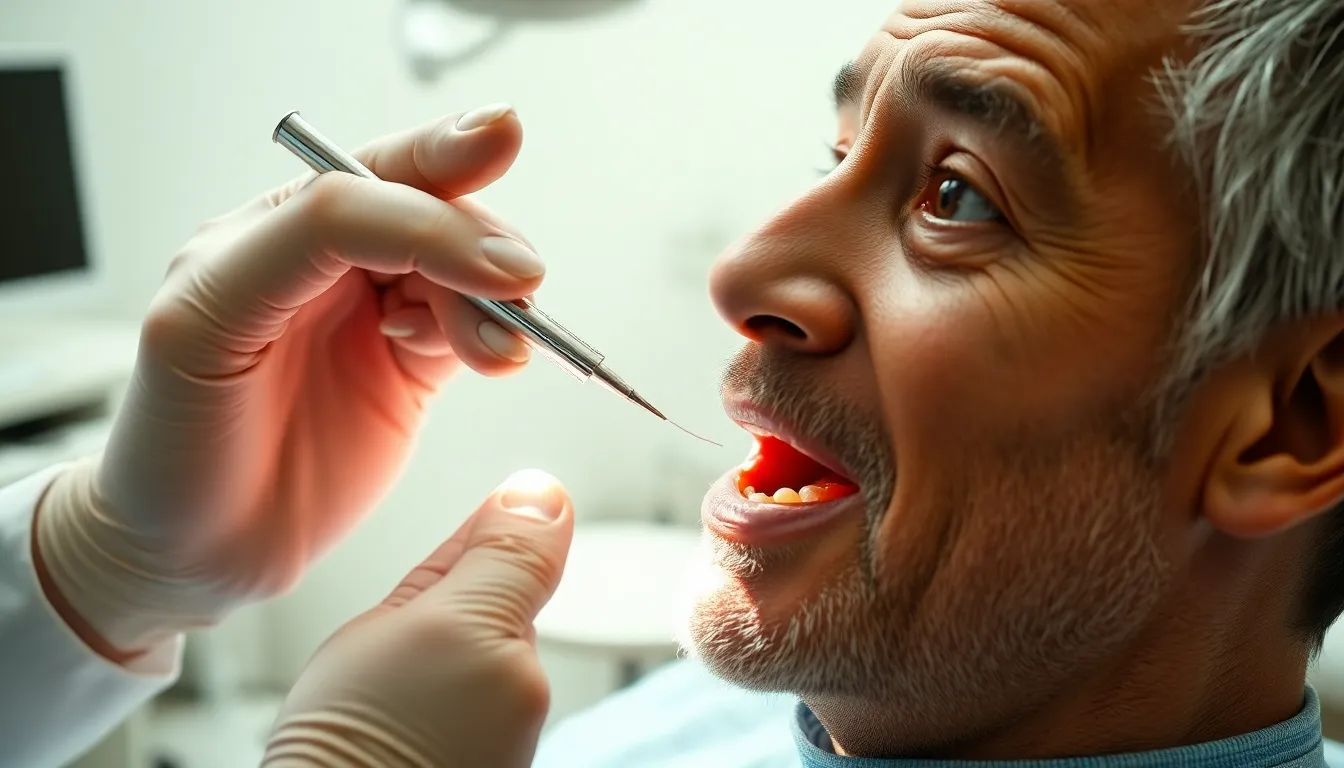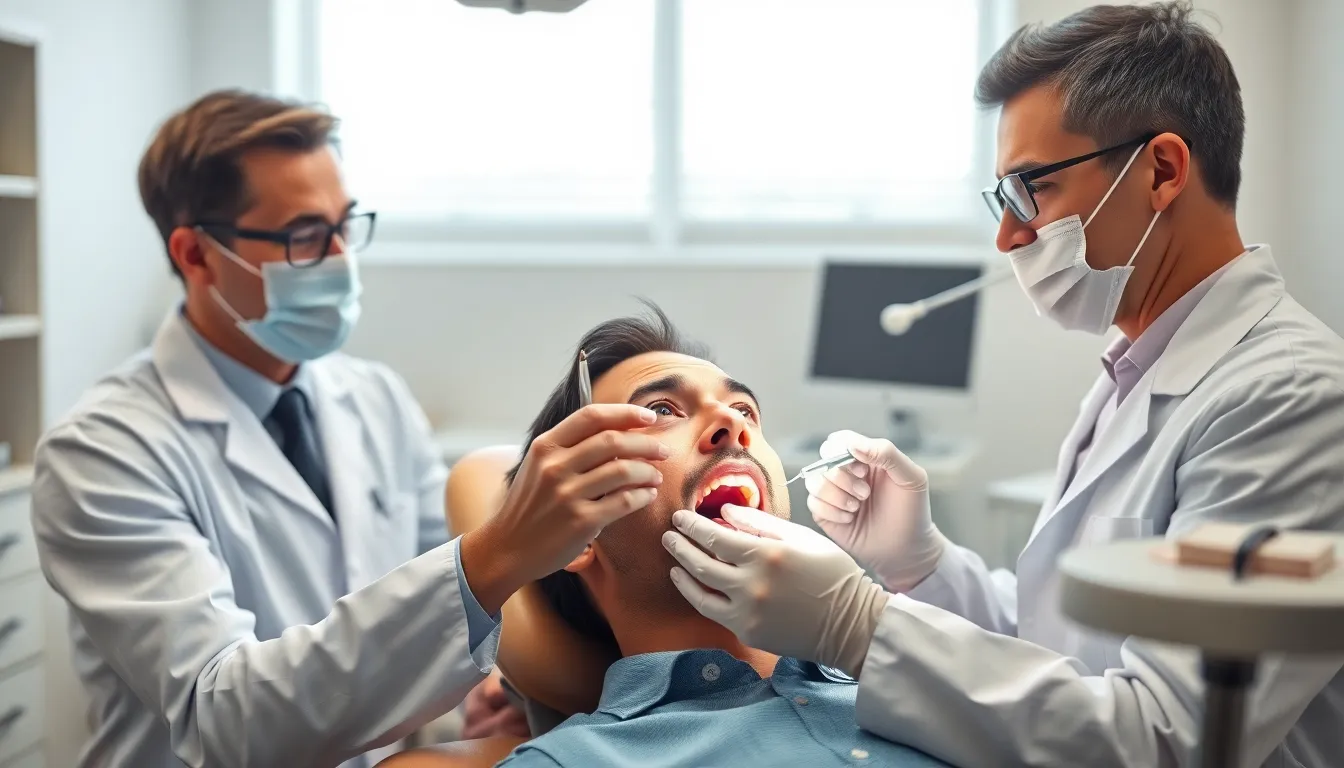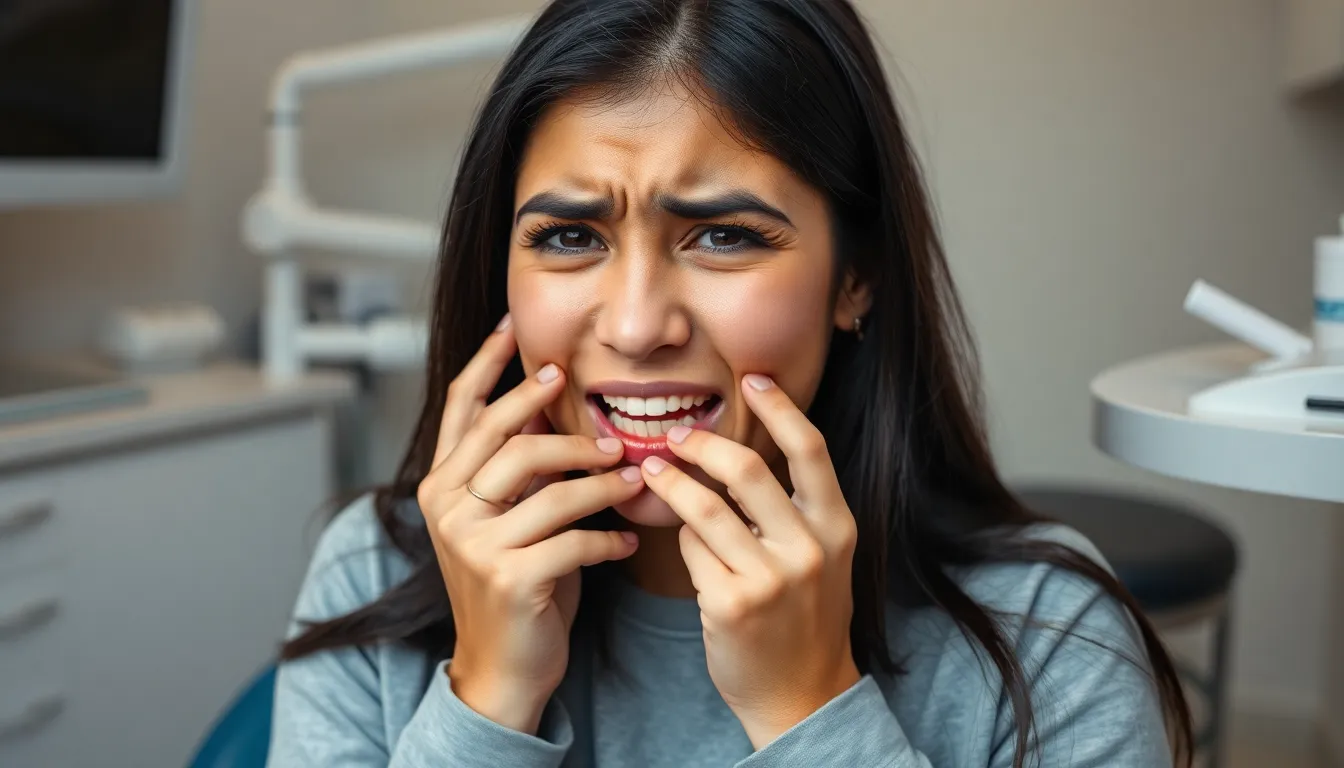Are you worried about “las muelas se caen” (falling molars)? Tooth loss can be a concerning issue that affects both your oral health and confidence, especially when it involves your molars—the essential teeth for proper chewing and digestion.
Losing molars isn’t just a cosmetic problem; it can significantly impact your ability to eat comfortably and may lead to other complications if left unaddressed. Whether you’re experiencing loose teeth or have already lost some molars, understanding the causes and available treatments is crucial for maintaining your overall dental health. In this text, we’ll explore why molars fall out, what you can do about it, and how to prevent further tooth loss.
Understanding Tooth Loss: What Makes Teeth Fall Out
Tooth loss affects millions of Americans annually, with causes ranging from poor oral hygiene to accidents and underlying health conditions. Your teeth aren’t designed to fall out naturally after childhood—when adult teeth emerge, they’re meant to last a lifetime. Several factors contribute to premature tooth loss, including advanced periodontal disease, severe decay, physical trauma, and systemic health issues.
Periodontal disease ranks as the leading cause of adult tooth loss in the United States. This infection damages the supporting structures of teeth, including gums and jawbone, eventually causing teeth to loosen and fall out. Bacterial plaque builds up along the gumline, creating inflammation that destroys the connective tissues holding teeth in place.
“I see patients every week who are shocked to learn their loose molars could have been saved with earlier intervention,” says Dr. Todd B. Harris. “By the time teeth become mobile, important bone loss has often already occurred.”
Dental decay presents another common path to tooth loss. Untreated cavities progress deeper into the tooth structure, eventually reaching the pulp where nerves and blood vessels reside. The resulting infection can destroy the tooth from within, leading to breakage or necessary extraction.
Physical trauma from accidents, sports injuries, or falls accounts for approximately 16% of adult tooth loss cases. A single blow can fracture teeth beyond repair or damage the tooth’s supporting structures. Teeth subjected to repeated trauma, such as those used to open bottles or bite hard objects, face increased risk of fracture and subsequent loss.
Systemic conditions like diabetes and osteoporosis contribute significantly to tooth loss risk. Diabetes impairs the body’s ability to fight infections, making periodontal disease more severe and difficult to control. Osteoporosis weakens the jawbone, reducing the stable foundation teeth need to remain firmly anchored in place.
Age-related factors play a role in tooth loss, though aging itself doesn’t directly cause teeth to fall out. Decades of use, combined with potential medication side effects that reduce saliva production, create conditions favorable for decay and gum disease in older adults.
Genetic predisposition increases susceptibility to periodontal disease for some individuals, making them more likely to experience tooth loss even though good oral hygiene practices. These genetic factors influence how your immune system responds to oral bacteria.
Common Causes of Adult Tooth Loss
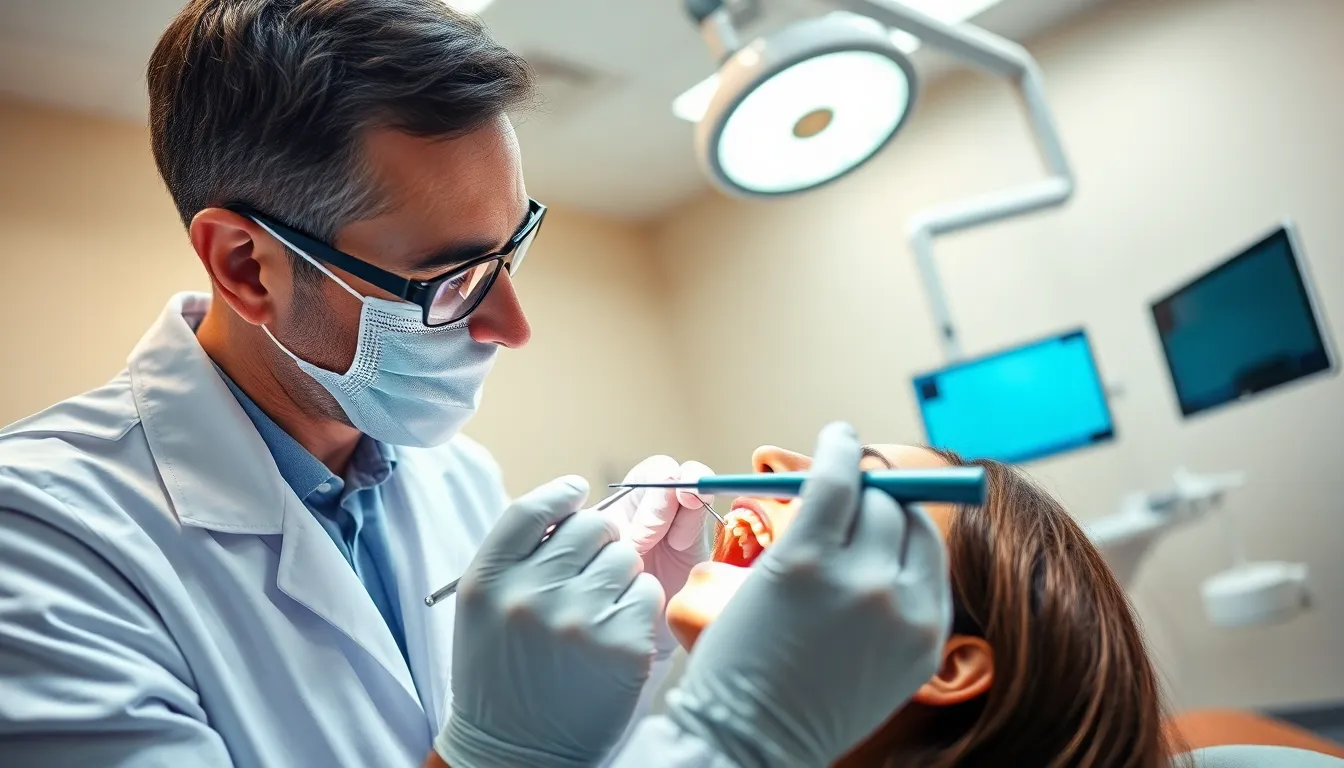
Tooth loss in adults, including falling molars (las muelas se caen), stems from several preventable conditions that affect oral health. Understanding these causes can help you take proactive steps to protect your teeth for a lifetime.
Severe Dental Decay
Dental decay ranks among the most common reasons adults lose their teeth, particularly molars. Bacteria in your mouth feed on sugars and starches, producing acids that gradually erode tooth enamel and create cavities. Left untreated, these cavities penetrate deeper layers of the tooth, eventually reaching the pulp and causing severe pain, infection, and structural damage. Once decay destroys important portions of a molar, extraction often becomes the only viable treatment option.
Dr. Todd B. Harris recalls a patient who ignored occasional tooth sensitivity for years: “By the time she came in, her lower molar was beyond saving. The decay had destroyed most of the tooth structure, and extraction was our only option. This scenario could have been prevented with regular checkups that catch decay in its early stages.”
Periodontal Disease
Periodontal disease stands as the leading cause of tooth loss in adults, affecting 47% of adults over 30 and approximately 70% of adults over 65. This progressive condition begins with gingivitis, characterized by red, swollen gums that bleed easily. As bacteria, plaque, and tartar accumulate along the gumline, infection spreads below the surface, attacking the supporting structures of your teeth. The infection gradually destroys the periodontal ligaments and jawbone that anchor your teeth, causing them to loosen and eventually fall out.
“Many patients don’t realize they have periodontal disease until their teeth begin to feel mobile,” explains Dr. Harris. “One patient came in concerned about a loose molar, and our examination revealed advanced periodontal disease affecting multiple teeth. The patient had noticed bleeding while brushing for years but didn’t recognize it as a warning sign of a serious condition.”
Physical Trauma
Traumatic injuries represent another important cause of adult tooth loss that can happen suddenly and unexpectedly. Sports accidents, falls, car crashes, and physical altercations can all result in dental trauma severe enough to knock out teeth or damage them beyond repair. Molars, even though their position deeper in the mouth, aren’t immune to trauma—especially from impacts that cause jaw fractures or direct blows to the face.
The risk factors for traumatic tooth loss extend beyond accidents. Teeth grinding (bruxism) creates consistent pressure that weakens teeth over time, making them more susceptible to fractures. Also, using teeth as tools to open packages or bite hard objects increases the likelihood of dental injuries that could lead to tooth loss.
Signs Your Teeth May Be Loosening

Recognizing the early signs of loosening teeth can help prevent complete tooth loss. Your body often provides warning signals before teeth fall out or “las muelas se caen,” and identifying these indicators early is crucial for preserving your dental health.
Pain and Discomfort
Pain or sensitivity in the affected tooth and surrounding gums often signals a loosening tooth. You’ll typically notice this discomfort when chewing food or touching the area, indicating potential infection or damage beneath the surface. Sensitivity to hot, cold, or sweet foods might suddenly intensify around exact teeth that are becoming unstable. Many patients report a persistent throbbing sensation that doesn’t subside even after taking over-the-counter pain medications, which indicates that the tooth’s supporting structures may be compromised.
Visible Changes in Tooth Position
Teeth shifting position represents a clear indicator of loosening dental structures. You might observe widening gaps between teeth that weren’t there before or notice a tooth appearing higher or lower than adjacent teeth. These alignment changes often happen gradually, with teeth tilting or rotating slightly from their original positions. Patients frequently report seeing differences in their bite pattern, where teeth no longer fit together properly when chewing. Morning checks in the mirror sometimes reveal the most noticeable changes, as nighttime grinding can accelerate tooth movement when structures are already weakened.
Additional warning signs include bleeding gums after brushing or flossing, persistent bad breath that doesn’t improve with oral hygiene, swollen or puffy gum tissue around exact teeth, and radiating toothaches that may worsen at night. If you experience any of these symptoms, scheduling a dental appointment promptly could mean the difference between saving or losing your teeth.
Prevention Strategies for Tooth Loss

Preventing tooth loss involves consistent oral care practices and professional supervision. These strategies significantly reduce your risk of experiencing “las muelas se caen” (falling teeth) due to preventable dental conditions like cavities and periodontitis.
Proper Oral Hygiene Practices
Daily oral hygiene forms the foundation of tooth loss prevention. Brush your teeth twice daily to effectively remove plaque and harmful bacteria that cause decay. Flossing once daily cleans between teeth and under the gumline where brushing can’t reach, removing food particles and preventing gum disease. Limiting consumption of foods and beverages high in added sugar directly reduces your risk of developing cavities that can lead to tooth loss. Dental sealants and fluoride treatments provide additional protection by strengthening tooth surfaces against decay-causing acids.
“I’ve seen remarkable differences in patients who commit to proper oral hygiene,” notes Dr. Todd B. Harris. “One patient came to me after losing two molars and was terrified of losing more. After implementing a strict brushing and flossing routine, plus reducing sugary snacks, their gum health improved dramatically within three months, and they’ve maintained their remaining teeth for over a decade now.”
Regular Dental Check-ups
Professional dental visits complement your home care routine and catch problems before they lead to tooth loss. Visit your dentist at least annually for professional cleanings and comprehensive examinations, even if you have no natural teeth remaining. Patients with higher risk factors may require more frequent appointments based on their dentist’s assessment. During these visits, dental professionals can identify early signs of decay or gum disease, provide preventive treatments, and address emerging issues before they progress to the point where tooth loss becomes inevitable. Professional cleanings remove tartar buildup that regular brushing can’t eliminate, protecting both your teeth and supporting bone structures.
Additional preventive measures include maintaining a nutritious diet low in cavity-causing foods and avoiding frequent snacking on sugary items between meals. Community water fluoridation provides another layer of protection against tooth decay. For children, proper management of premature baby tooth loss helps prevent future complications with permanent teeth alignment.
Treatment Options for Lost Teeth

When you’ve experienced tooth loss or “las muelas se caen,” several effective treatment options can restore both function and aesthetics. Modern dentistry offers answers that not only replace missing teeth but also help maintain your oral health and confidence.
Dental Implants
Dental implants provide a permanent solution for missing teeth by surgically placing titanium posts directly into your jawbone. These posts fuse with your bone through a process called osseointegration, creating a sturdy foundation for replacement teeth. The implant effectively mimics your natural tooth root, supporting a crown that looks and functions like your original tooth.
Patients who choose implants enjoy many advantages. Your new implants will look and feel remarkably natural, allowing you to speak and smile with complete confidence. Eating becomes significantly easier as implants restore nearly 100% of your natural chewing ability without the restrictions commonly associated with dentures.
Bone preservation represents one of the most important health benefits of dental implants. The titanium post actively stimulates your jawbone during chewing, preventing the bone deterioration that typically follows tooth loss. This stimulation maintains your facial structure and supports overall oral health.
“I’ve had patients who’ve transformed their lives with implants,” notes Dr. Todd B. Harris. “One gentleman who’d been wearing uncomfortable dentures for years told me that after getting implants, he could finally enjoy steak again and no longer worried about his teeth moving when he laughed.”
Bridges and Dentures
Fixed dental bridges offer another approach to replacing missing teeth by spanning the gap with artificial teeth anchored to adjacent natural teeth. Your dentist prepares the neighboring teeth to support crowns that hold the replacement tooth in position. Bridges restore your smile’s appearance and allow for improved chewing compared to having missing teeth.
Dentures present a removable option for replacing multiple missing teeth simultaneously. Complete dentures replace all teeth in an arch, while partial dentures fill in exact gaps. These prosthetics typically cost less initially than implants and require no surgery, making them accessible for patients with certain health conditions or budget constraints.
Traditional bridges and dentures come with limitations compared to implants. Your bridge requires grinding down healthy adjacent teeth for support, potentially compromising their long-term health. Dentures may shift during speaking or eating, affecting your comfort and confidence. Neither option prevents the underlying bone loss that occurs after tooth loss, which can lead to facial structure changes over time.
For most patients seeking the closest match to natural teeth, dental implants offer superior long-term benefits. Their durability, functionality, and bone-preserving properties make them an excellent investment in your oral health, though bridges and dentures remain valuable alternatives depending on your exact situation and needs.
When to Seek Emergency Dental Care
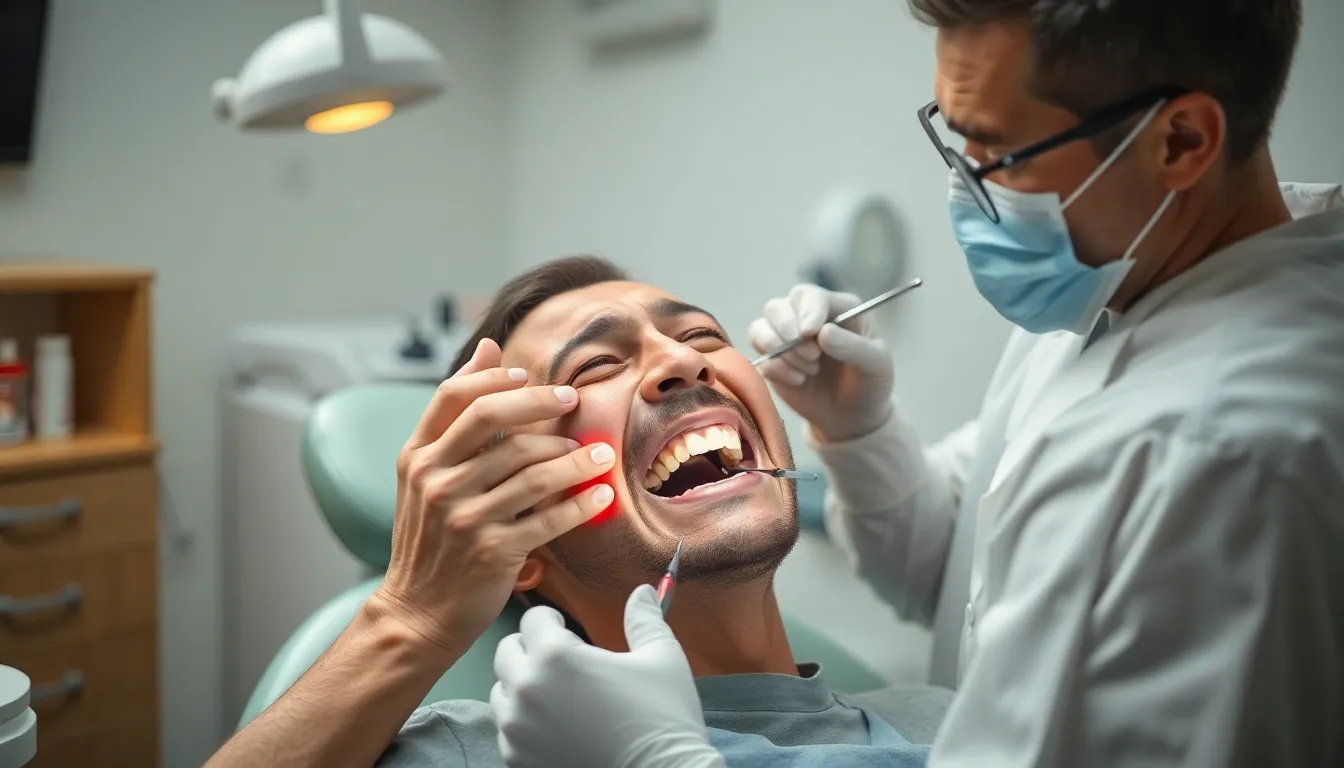
Tooth loss emergencies require immediate attention, especially when they involve sudden trauma or severe symptoms. You’ll need to seek emergency dental care within 30-60 minutes if your tooth has been knocked out completely, as this crucial timeframe significantly increases the chances of saving the tooth. Handle any knocked-out tooth only by the crown (never the root), rinse it gently if dirty, and either try to reinsert it or keep it moist in milk or saliva until you reach a dentist.
Severe pain, uncontrolled bleeding, or swelling associated with a lost molar demands urgent professional attention. Signs of infection such as abscess formation around the area where “las muelas se caen” (molars fall out) indicate a potentially serious condition that shouldn’t wait. Broken or chipped teeth causing important pain or presenting infection risks also constitute dental emergencies. Facial injuries or broken facial bones accompanying tooth loss require immediate care to prevent complications.
Dr. Todd B. Harris recalls a patient who ignored severe swelling after losing a molar, resulting in a spreading infection that eventually required hospitalization. “What started as a simple case of a tooth falling out turned into a life-threatening situation because the patient waited too long to seek care,” he explains. “Emergency dental situations don’t resolve themselves—they typically worsen without professional intervention.”
Some tooth loss situations don’t require same-day emergency treatment. Gradual tooth loss without pain or infection, common in older adults with progressive gum disease, can usually be evaluated during a regular dental appointment scheduled promptly. Minor tooth sensitivity or small cavities causing no severe pain typically don’t constitute emergencies but still warrant attention at your next dental visit.
Conclusion
Protecting your molars isn’t just about maintaining your smile but preserving your overall health. By recognizing early warning signs like sensitivity or shifting teeth you can take action before permanent loss occurs.
Remember that daily oral hygiene routines and regular dental visits form your first line of defense against tooth loss. When prevention fails various restoration options exist from implants to bridges depending on your exact needs.
Don’t delay seeking help if you experience trauma or severe symptoms. Quick action can mean the difference between saving and losing a tooth. With proper care and attention your natural teeth can serve you well throughout your lifetime providing both function and confidence.
Frequently Asked Questions
What causes adult tooth loss?
Adult tooth loss primarily results from periodontal disease, severe dental decay, physical trauma, and systemic health conditions like diabetes. Periodontal disease is the leading cause in the U.S., damaging supporting structures until teeth loosen. Untreated cavities can lead to significant structural damage requiring extraction. Nearly half of adults over 30 have some form of periodontal disease, which begins as gingivitis and can progress to more severe infections.
How can I prevent tooth loss?
Prevent tooth loss through consistent oral hygiene—brush twice and floss once daily to remove plaque. Limit sugary foods and beverages that contribute to decay. Consider dental sealants and fluoride treatments for additional protection. Schedule regular dental check-ups for professional cleanings and early detection of potential issues. Maintain a nutritious diet and properly manage any premature baby tooth loss in children to avoid future complications.
What are the early warning signs of tooth loss?
Early warning signs include pain or sensitivity in the affected tooth and surrounding gums, visible changes in tooth position, widening gaps between teeth, bleeding gums, persistent bad breath, swollen gum tissue, and radiating toothaches. Recognizing these symptoms early and promptly scheduling a dental appointment can be crucial for preserving your dental health and potentially saving affected teeth.
What is the best treatment for replacing lost molars?
Dental implants are considered the best long-term solution for replacing lost molars. These titanium posts surgically placed into the jawbone fuse with bone to create a sturdy foundation for replacement teeth. Implants mimic natural tooth roots, improve chewing ability, and preserve bone to maintain facial structure. While fixed bridges and dentures are alternatives, implants offer superior function and aesthetics for most patients.
When should I seek emergency dental care for tooth loss?
Seek emergency dental care immediately for knocked-out teeth (within 30-60 minutes increases chances of saving the tooth), severe pain, uncontrolled bleeding, significant swelling, or signs of infection like fever and facial swelling. Traumatic injuries require prompt attention. While gradual tooth loss may not constitute an emergency, timely evaluation prevents complications and additional tooth loss.
How does losing molars affect overall health?
Losing molars affects more than just your smile. It impairs chewing ability, potentially leading to digestive issues and nutritional deficiencies. Missing teeth can cause remaining teeth to shift, creating bite problems and increasing decay risk. Bone loss in the jaw may occur, changing facial structure over time. Additionally, tooth loss can impact self-confidence and quality of life, making replacement options important for both physical and psychological health.

